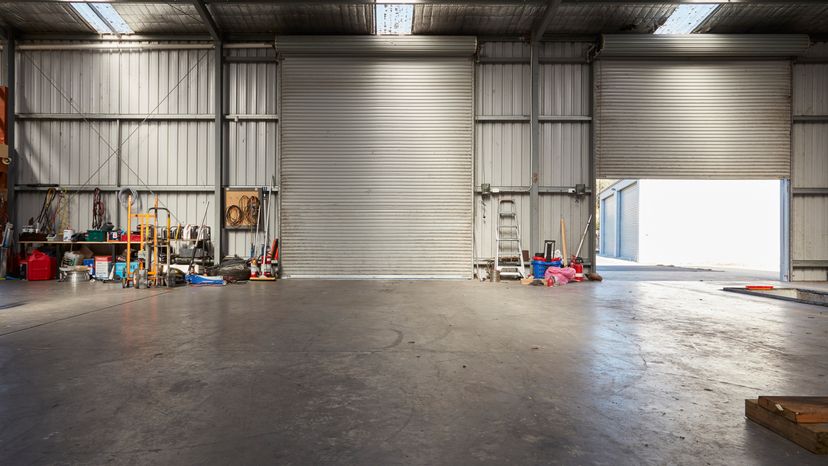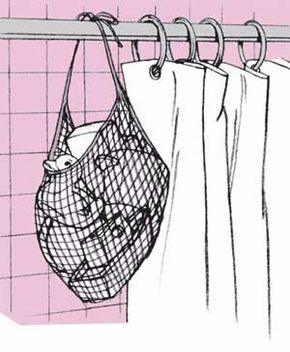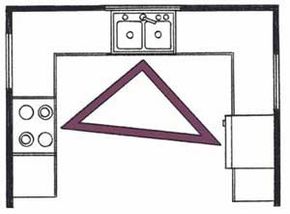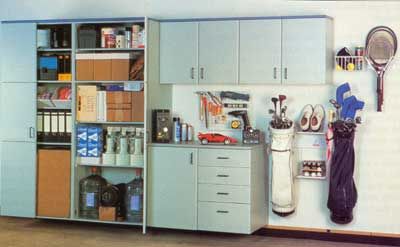
It's certain that there's space in your home that could be used for storage but isn't. All it will take is a little time and ingenuity to turn this prime real estate into useful storage space. What follows are myriad tips for creating that space. Read on.
- Most new homes, and many old homes, have enclosed staircases, which hide valuable space. These can often be opened to create closets, niches, or even shelf space. Create a storage area by enclosing the underside of the staircase that leads to your basement. This can be a good space for a pantry, holiday decorations, or even children's toys.
- Put the space under a stairway to work. Construct a wheeled, wedge-shape container that fits into the farthest area under the steps.
- Ready-made shelves can be installed just about anywhere to create storage for books and decorative items, toys, glassware, china, and just about anything that will fit on a 6- or 12-inch ledge. If you intend to store heavy items, make sure the brackets are securely anchored.
- A hallway that's wide enough can double as a storage area if you line the walls with shelves or shallow cabinets.
- Create a "closet" by storing bulky items such as golf clubs, skis, and camping equipment behind a decorative folding screen in a little-used corner.
Advertisement



